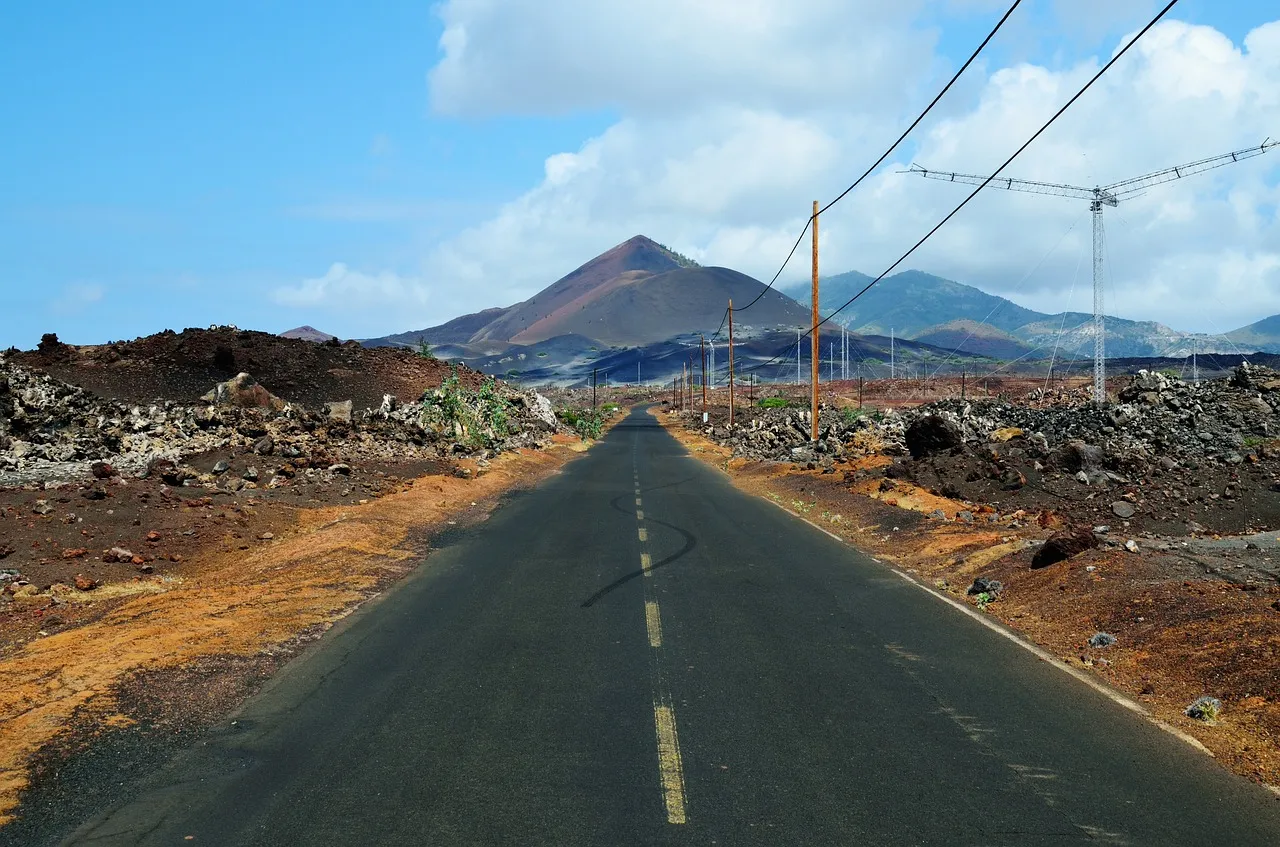
Science fiction novels and dreams of a future beyond Earth often discuss terraforming other planets. Terraforming is the process of covering a planet’s surface with plant life, which can help add oxygen to an atmosphere. Mars, for example, has a thin atmosphere dominated by carbon dioxide. It also has soil that could be capable of growing plants if some additional nutrients were added. And water…plants need water! In time, plants on Mars would add oxygen to the atmosphere there and make it possible for humans to breathe the air.
Ascension Island, which is in the middle of the Atlantic Ocean between South America and Africa, has been described by many visitors as hell. It is a clump of rough, black volcanic lava with red lava hills rising above. In some ways, as many have remarked, it looks a lot like Mars. Portuguese sailors saw it as arid and desolate, which is why they gave it a pass. They named the island for the date of its discovery (Ascension Day), dropped some goats there to feed any future sailors who were shipwrecked, and then kept on sailing.
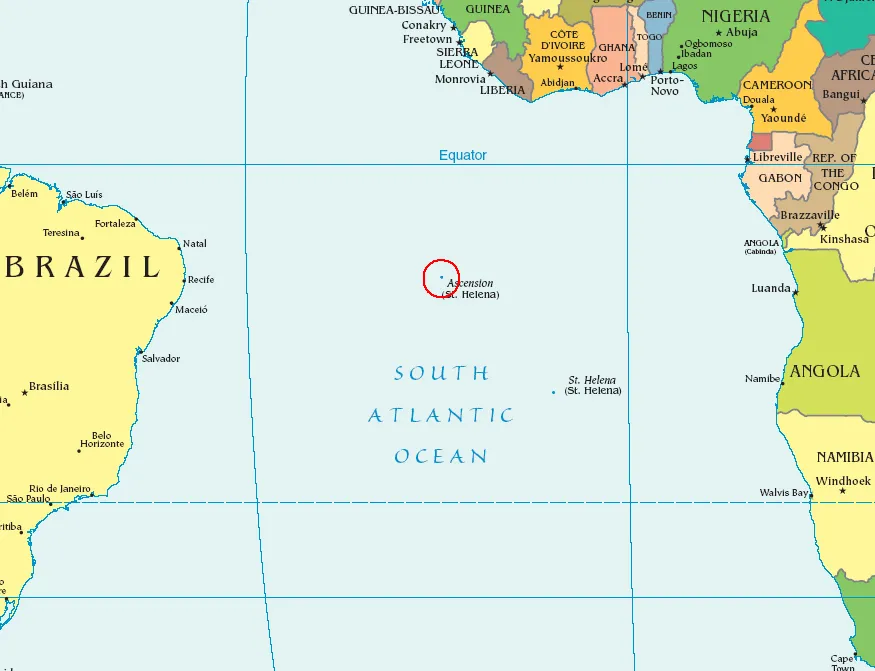
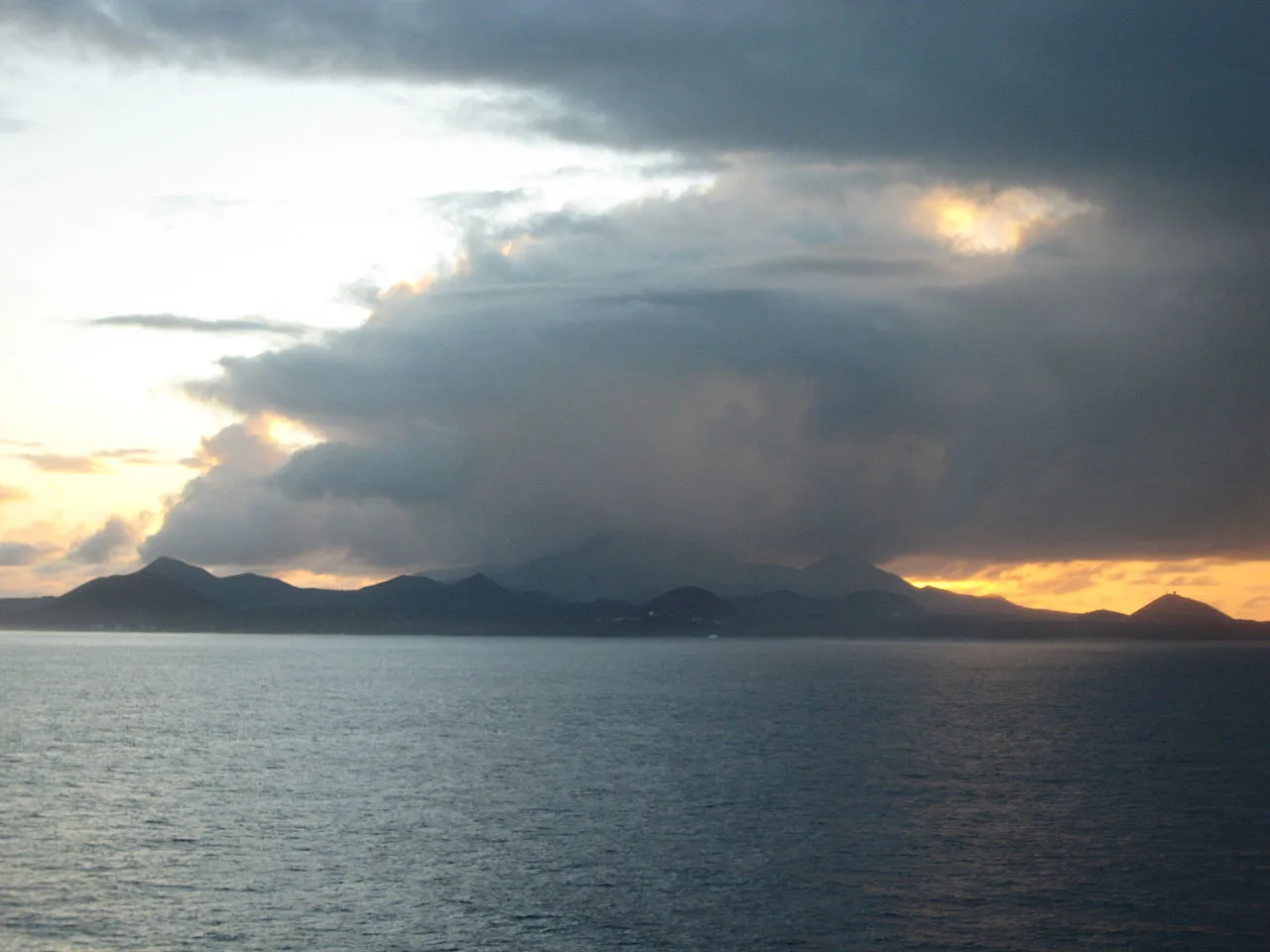
Ascension Island, showing the clouds that gather at its highest peark. Creative Commons via Wikimedia.com by LordHarris.
Transforming Ascension's Highest Peak
Once Napoleon was banished to St. Helena (a few hundred miles away), the British took an interest in Ascension and other remote Atlantic islands. There was a fear that the French would move in and try to rescue Napoleon. So the British set up a base and garrison on Ascension. Today, there isn’t much more there: British and American bases, and about 800 people living there at any one time, but no indigenous residents. Over time, these bases became important stopping and refueling points for ships and aircraft between South America and Africa.
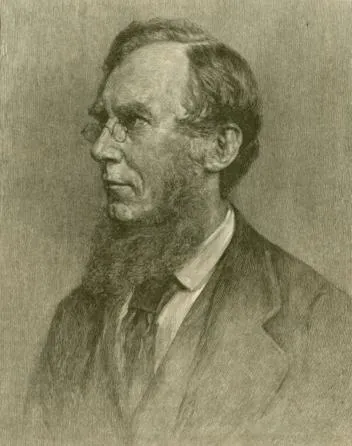
Joseph Hooker, Darwin's close friend. New York Public Library.
In 1836, Charles Darwin stopped at Ascension on his famous voyage with the HMS Beagle. The island was a dry and treeless volcanic cinder. He called it “burnt”, “hideous”, and “completely destitute of trees”. Darwin noted that the plants in the interior were just enough to sustain some sheep, goats, cows, horses, and guinea fowl (as well as rats) that had been dropped on the island by previous ships. A few years later, Darwin’s close friend Joseph Hooker also visited Ascension. He and Darwin discussed a radical idea.
There was little fresh water on the island, but Hooker saw the fog on the mountains in its interior. Encouraged by Darwin, he suggested that trees should be planted on the highest mountain. He theorized that trees would trap moisture from the air and bring it to the ground as droplets, collecting more fresh water into the streams and supplying the island. Joseph Hooker’s father served as the head of the Royal Botanical Gardens at Kew, a post which he later held himself. So he was able to get trees and plants sent for planting on Ascension, shipping 300 samples from Kew between 1947 and 1950, all planted on Ascension's tallest mountain. Other samples were obtained from South America, from South Africa, and elsewhere.

Water catchment at Ascension with Green Mountain behind it. Creative Commons via Wikimedia.com by LordHarris.
The Terraforming Had Some Negative Consequences, But it Worked
Today, some 170 years after planting began, there is a thriving forest on Ascension’s highest mountain. Appropriately, it’s called Green Mountain. Dozens of species of trees and plants grow there. Above the desolate volcanic landscape, one can see a lush, green cloud forest peeking through the mists. And the forest has developed a different character for each strata of altitude.
Where foreign plants have been introduced, the downside has been the suppression of native species. Most of the thriving plants on Green Mountain are a mish-mash of species from all corners of the world. The few endemic native species, which evolved with much less competition, have been squeezed out by the introduced plants.
Similar stories are told on nearly every small, isolated island around the world, even ones where rats have been introduced and have decimated wild bird populations by eating their eggs. On St. Helena, another island in the middle of the Atlantic, just a few hundred miles from Ascension, there is a rare plant called the bastard gumwood tree. It is endemic, growing only on this one small island and nowhere else in the world. Once, forests of bastard gumwood (love that name) covered much of the island, but they were cleared until only few of these native trees remained. For a time, these trees were thought to have gone extinct. Today, there are just two bastard gum trees on the island, one cultivated and the other growing wild on a rock, but fortunately a breeding program has succeeded in growing more saplings that can be planted out.
However, other species adapt well, such as land crabs on Ascension. They much prefer the green forests to the volcanic cinder.
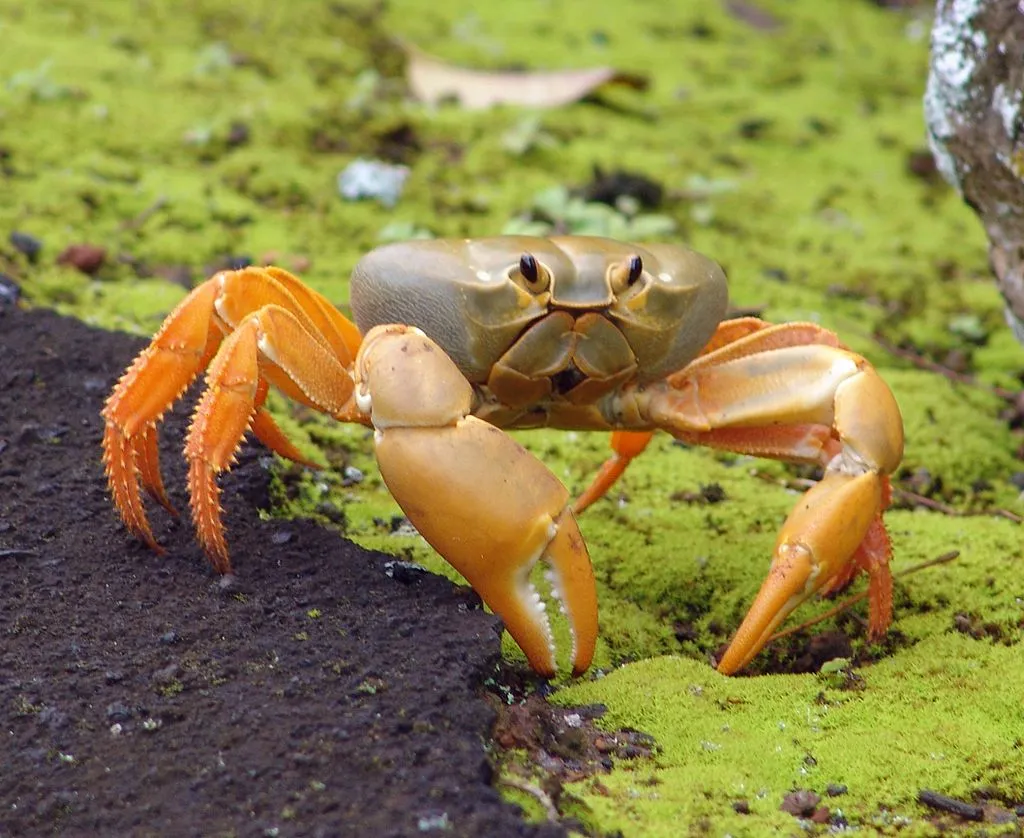
Land crab on Ascension Island. Creative Commons via Wikimedia.com by Drew Avery.
So Ascension’s terraformed forest comes with a caveat, which is that its species are largely introduced (and some would say invasive). A few people refer to it as the fake or false forest. And yet, it is a thriving ecosystem that has grown up and found a thriving balance in a relatively short period of time. Even 20 years after the first plantings, food trees like bananas and guavas were thriving on Ascension’s Green Mountain. Over time, the forest covered more of Green Mountain. The trees planted in the clouds fulfilled Joseph Hooker’s vision of trapping moisture from the air into fresh water for the island.

A view from Green Mountain, showing the stark lava landscapes surrounding the oasis of green on its highest peak. Creative Commons via Wikimedia.com by LordHarris.
And now, a century and a half later, nature has taken over. The trees and plants on Green Mountain, many of which did not grow with one another in their natural environments, have reached a harmonic balance. At the lower levels of this mountain ecosystem, pines, eucalyptus and succulents support a dryland ecosystem. High up, as the mountain becomes wetter, there is a jungle in the cloudforest, complete with bananas, gingers, and other tropical species. Near the peak, where it is cool, bamboo forests, mosses, and ferns thrive, much as they do in similar environments around the world.
Hell Can be Landscaped with Nature
Older volcanic islands develop ecosystems over time from the plant seeds that drift there or are deposited by migrating birds. In Ascension’s case, as a younger volcanic island, that process had not yet taken place in a major way. Humans kick-started it much more quickly with a wide diversity of plant species from around the world that showed promise of succeeding in such an environment.
Ascension’s Green Mountain was terraformed, just as we read about in science fiction novels. In an era during which we have lost so much of earth’s natural forests, here one has been created where none existed before. Could the same thing be done on a planet like Mars? Ascension had many elements going for it that may be more difficult to find on Mars. Ascension had water waiting to be harvested from the clouds. It had volcanic soil rich in minerals. It had ample sunshine at its latitude to drive photosynthesis. It did not have the radiation levels that exist on the surface of Mars.
And yet, if those problems can be overcome, the foresting of Ascension’s Green Mountain proves that terraforming can succeed in a relatively short window of time. Hell can be landscaped. And not just with lawns or golf courses, but with forests that build nature as they harvest the mist.

An aerial view of Ascension Island shows the terraformed Green Mountain in an otherwise arid volcanic landscape. NASA.
References
http://www.slate.com/blogs/atlas_obscura/2014/09/19/ascension_island_in_st_helena_lava_fields_false_forest_world_s_worst_golf.html
https://www.nasa.gov/feature/can-plants-grow-with-mars-soil
https://en.wikipedia.org/wiki/Green_Mountain
http://globaltrees.org/threatened-trees/trees/bastard-gumwood/
Nature’s Treasure Islands, a television series distributed by FilmWise, available on Amazon.com.
https://news.nationalgeographic.com/2017/05/ascension-island-terraformed-biology-evolution-conservation/